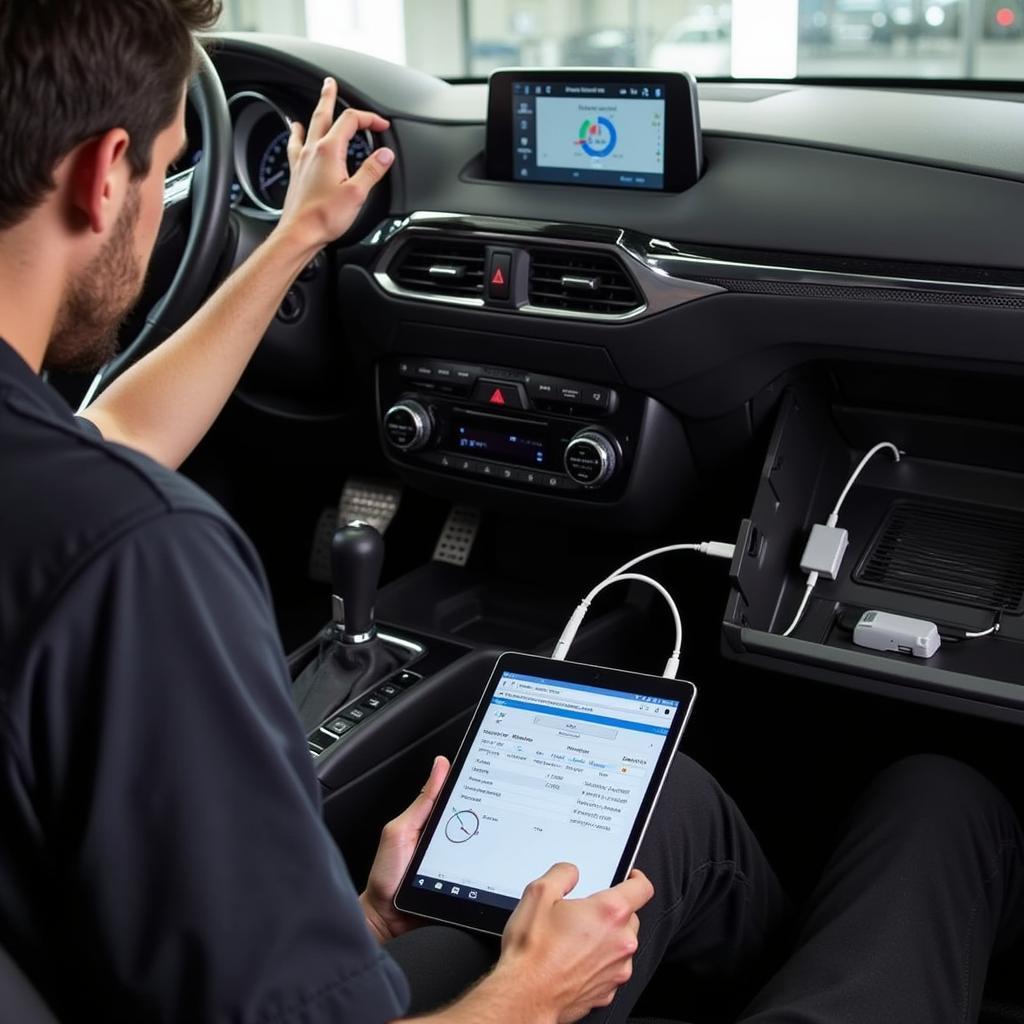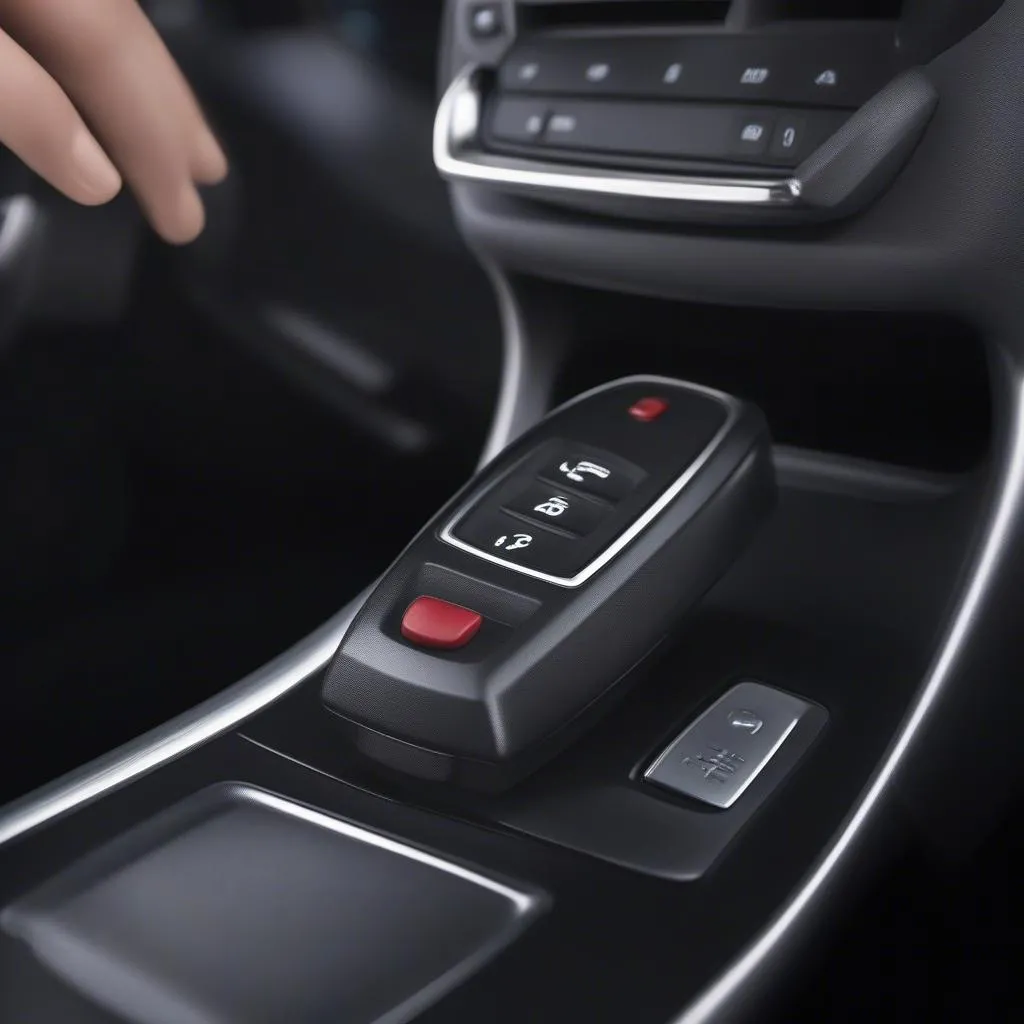The seat belt warning light on your 1996 Toyota T100 serves as a crucial safety reminder, urging both driver and passengers to buckle up. However, when this light malfunctions, it can cause unnecessary frustration and even mask a potential issue with your vehicle’s safety restraint system. This comprehensive guide delves into the intricate workings of the 1996 T100 seat belt warning relay, equipping you with the knowledge to diagnose and potentially resolve common problems associated with this component.
Before we proceed, it’s vital to understand that while this guide offers valuable insights into troubleshooting your seat belt warning light issue, consulting a qualified mechanic is always recommended for accurate diagnosis and repair.
Understanding the Role of the Seat Belt Warning Relay
The seat belt warning relay in your 1996 Toyota T100 is the linchpin between the seat belt buckle sensors and the warning light on your dashboard. This electromechanical device receives signals from the buckle sensors, indicating whether the seat belts are fastened. When a sensor detects an unbuckled belt, the relay closes a circuit, allowing current to flow to the warning light and illuminate it. Conversely, when the belt is buckled, the circuit opens, and the light turns off.
Common Causes of Seat Belt Warning Light Problems
Several factors can contribute to a malfunctioning seat belt warning light in your 1996 T100. Here are some of the most common culprits:
- Faulty Seat Belt Buckle Sensor: Over time, the buckle sensor can wear out or become damaged, failing to send the correct signal to the relay.
- Malfunctioning Seat Belt Warning Relay: The relay itself can fail due to electrical issues, a blown fuse, or simple wear and tear.
- Wiring Issues: A short circuit, broken wire, or loose connection in the wiring harness connected to the relay or sensors can disrupt the signal flow.
- Dashboard Warning Light Bulb: In some cases, the issue might not be with the relay or sensors but rather a burnt-out dashboard warning light bulb.
Diagnosing the Problem: A Step-by-Step Approach
Before diving into repairs, it’s crucial to pinpoint the root cause of the problem. Follow these steps to effectively diagnose the issue:
- Check the Basics: Start with the simplest solution – ensure all seat belts are properly fastened. Sometimes a simple oversight can trigger the warning light.
- Inspect the Wiring Harness: Visually examine the wiring harness connecting to the seat belt buckle sensors and the warning relay for any signs of damage, loose connections, or corrosion.
- Test the Seat Belt Buckle Sensors: Use a multimeter to check for continuity in the buckle sensors. A lack of continuity indicates a faulty sensor.
- Test the Seat Belt Warning Relay: Similar to testing the buckle sensors, use a multimeter to test the relay for continuity and proper voltage.
Replacing the Seat Belt Warning Relay: A DIY Approach
If your diagnosis points to a faulty seat belt warning relay, replacing it is a relatively straightforward process. However, working with electrical components requires caution.
Important: Disconnect the negative battery cable before handling any electrical components.
- Locate the Seat Belt Warning Relay: The relay is typically located under the dashboard, often within the fuse panel or near the steering column. Consult your owner’s manual for the precise location.
- Remove the Old Relay: Carefully remove the old relay by gently prying it out with a small screwdriver or using a relay removal tool.
- Install the New Relay: Align the pins of the new relay with the socket and gently push it in until it clicks into place.
- Reconnect the Battery: Reconnect the negative battery cable and turn on the ignition to verify the warning light functions correctly.
Seeking Professional Help: When to Consult a Mechanic
While replacing the seat belt warning relay can be a DIY task, more complex issues might require the expertise of a qualified mechanic.
Consider seeking professional help if:
- You are uncomfortable working with electrical components.
- The diagnosis process seems too complex.
- You suspect a more significant electrical issue.
- The problem persists even after replacing the relay.
Remember, ensuring the proper functioning of your vehicle’s safety restraint system is paramount. When in doubt, always consult a professional.
Conclusion: Prioritizing Safety and Functionality
Addressing issues with your 1996 Toyota T100 seat belt warning light is crucial for maintaining both your safety and the functionality of your vehicle’s safety system. By understanding the role of the seat belt warning relay and following the troubleshooting steps outlined in this guide, you can take proactive measures to ensure a safer and more enjoyable driving experience. However, always remember to prioritize safety and consult a qualified mechanic when needed.


